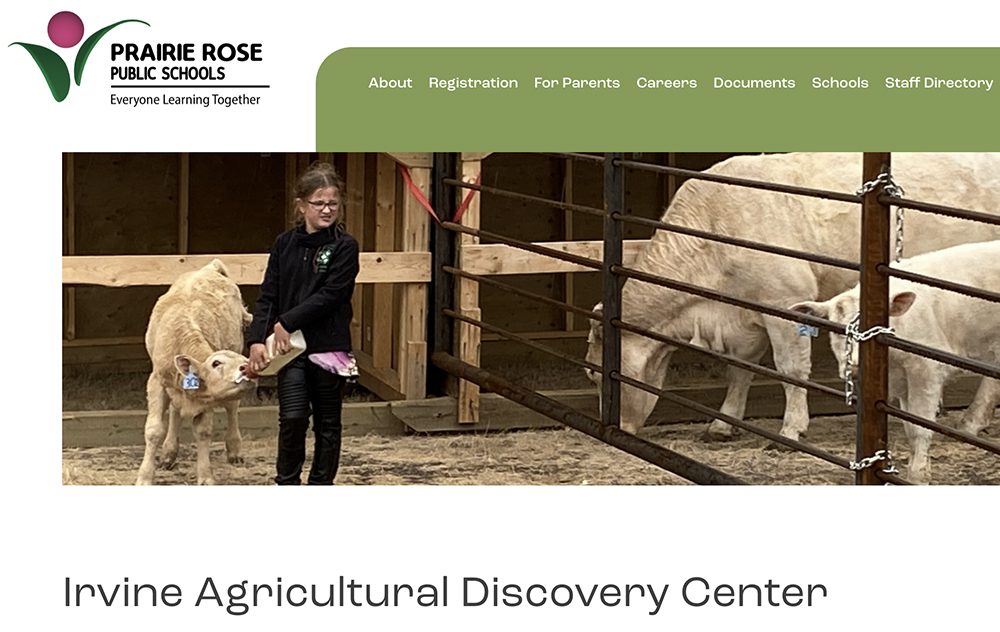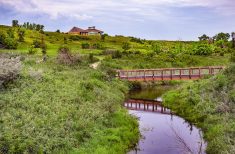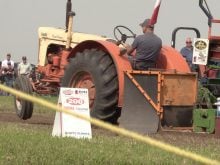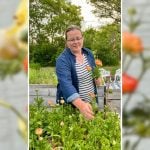Organizers give Alberta’s Agricultural Discover Centre top grades as it incorporates farming into the regular curriculum
A year after launching the Agricultural Discovery Center (ADC) at Irvine School in southeastern Alberta, organizers of the initiative are touting the project’s success.
The program incorporates ways to teach growing crops and raising livestock with reading, writing and arithmetic.
Language arts teacher Logyn Jacksteit said in addition to students from Irvine School, students from neighbouring farms and ranches, as well as from nearby communities such as Dunmore and Medicine Hat, have visited the ADC.
“The engagement is high. Lots of the community stops there or are always asking questions or is wanting to help,” said Jacksteit. “There has been a lot of buy-in and it’s been really successful.”
Read Also
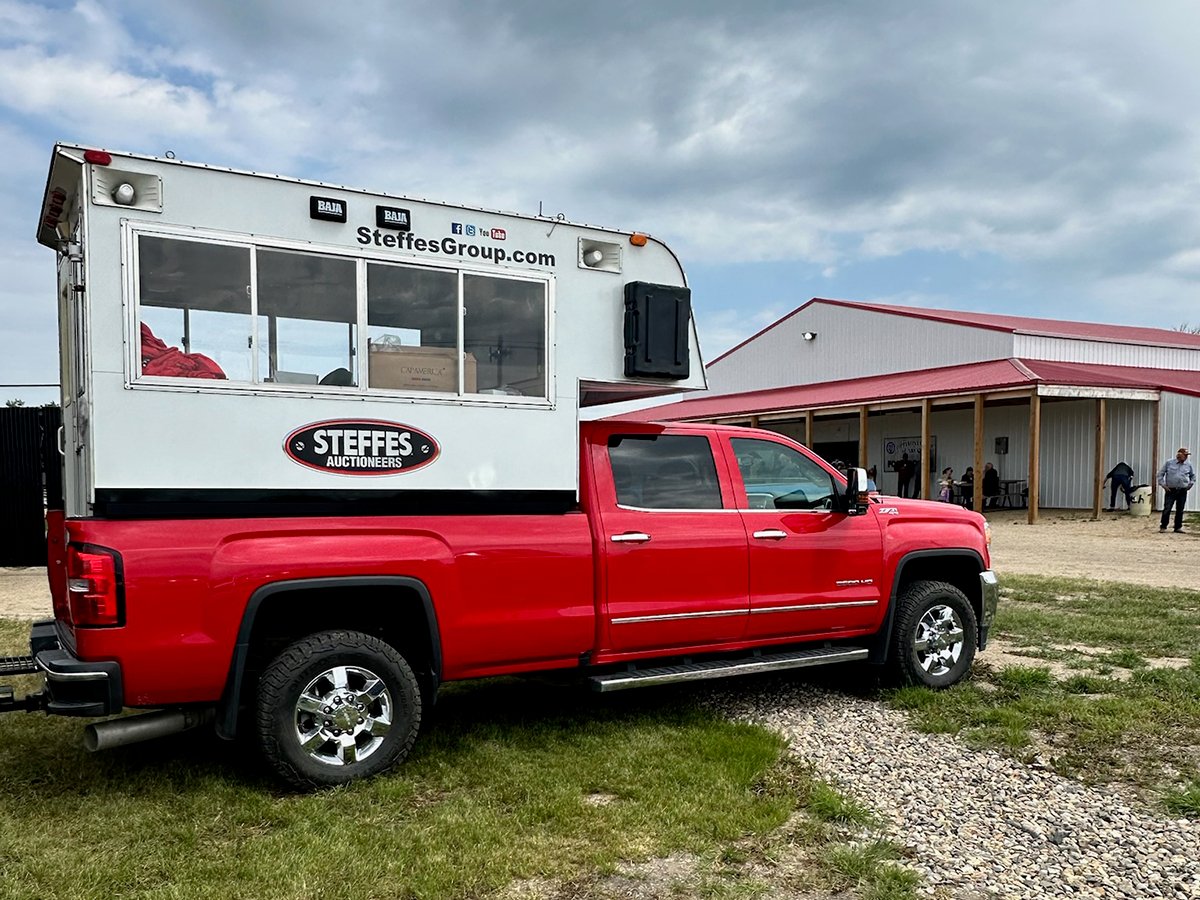
Farm auctions evolve with the times
Times have changed. The number of live, on-farm auctions is seeing a drastic decline in recent years. Today’s younger farmers may actually never experience going to one.
The ADC comprises crops such as durum, peas and lentils as well as garden vegetables. It also has livestock ranging from goats to cattle to chickens to bees.
It also includes an indoor classroom facility with all the accommodations required to teach at the site, which is next to the local school.
The ADC is run by a student-run board made up primarily of 4-H club members at the kindergarten to Grade 9 school.
“But the majority of the students do not have a ranching or farming background,” said Jacksteit.
Classes can range from Grade 4 students learning about compost in science by first-hand examination of the organisms that help break down plant matter, to how cattle digest grass and how the manure can be used.
Younger students can learn about insect anatomy through direct examination of bees in their hive.
“Instead of just watching videos on your smart board, (the ADC) allows you to actually go out there and see things firsthand and be little scientist while you’re out there and examine plants and the soil underneath the plant, (to see) if there are ants there or bugs or decomposition,” said Jacksteit. “You can really extend your classroom and extend your borders, which is the key thing.”
Jacksteit said it’s a model that could be adopted in larger cities and should be taken up by students in urban centres.
“Sometimes you talk to people and they still think farming is old-fashioned and quite archaic and they are not even sure how animals are raised,” he said. “You see lots of ads from companies like A & W about steroids and antibiotics and they give people a rather fake perception of what’s going on on the farm.”
The ability of students from inner cities to grow their own cereals and vegetables and raise livestock could open their eyes to how food is made, he said.
“There is another side of the story,” said Jacksteit, regarding agriculture education for urban students. “They go to the grocery store and see a carton of 12 perfect eggs. Do they know how many eggs have to be laid to get 12 perfect eggs?”
He said there are hopes to work with Calgary schools virtually to help educate students on some of these concepts in the future.
Overall, Jacksteit said the ADC has had a positive effect on overall learning for students at the school.
“What is great about ADC is even if you can’t as a teacher necessarily incorporate lessons into ADC, you can go out there and do your class out there and just be around the animals,” he said. “If the kids are having a rough day after a long week and it’s a Friday, just take them out there and it’s invigorating how much they change as soon as they see the goats and the chickens.”


